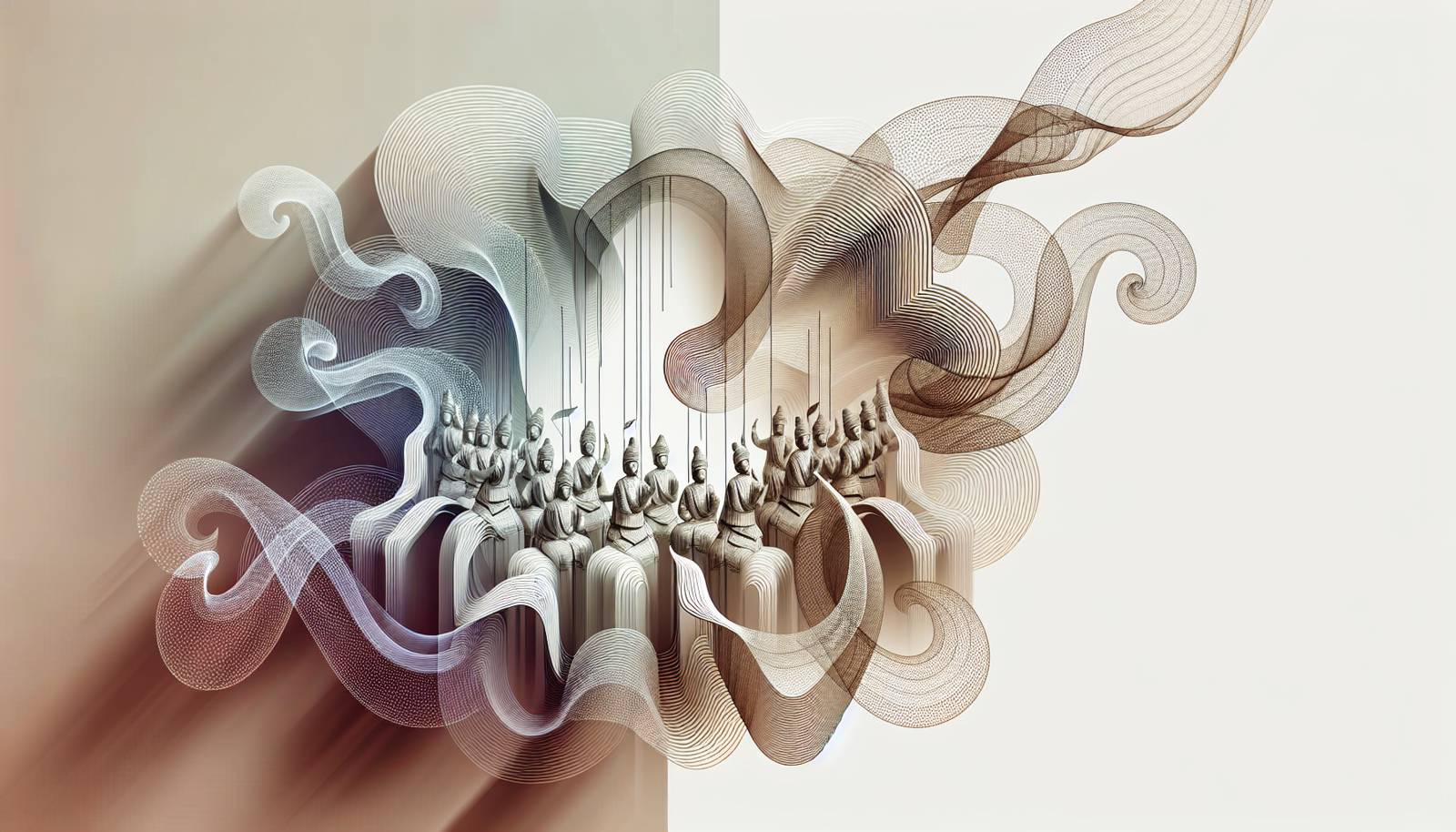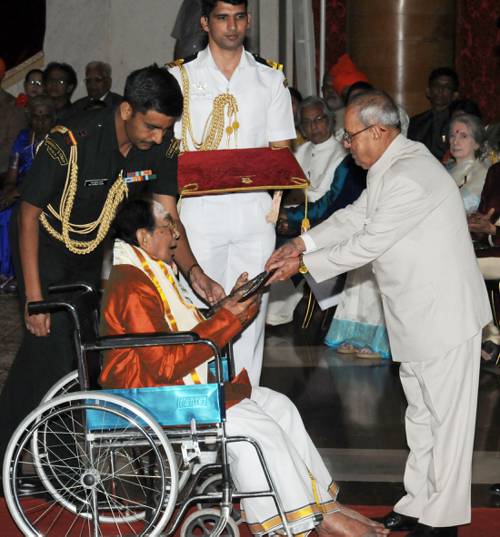
FAQ About The Role of Puppetry in Cultural Ceremonies

What is puppetry and how is it used in cultural ceremonies?
Puppetry is a form of performance that involves the manipulation of puppets, which can be figures of humans, animals, or abstract shapes. These figures are animated by a puppeteer to convey stories, emotions, and expressions. In cultural ceremonies, puppetry is often used to symbolize historical and folkloric narratives, embody spiritual beings, or enact traditional myths and legends. By integrating performance and storytelling, puppetry plays an important role in preserving cultural heritage and educating audiences about societal values.

Which cultures are known for incorporating puppetry in their traditional ceremonies?
Many cultures around the world incorporate puppetry into traditional ceremonies. For example, Indonesia is famous for its "Wayang" puppet theatre, which plays a significant role in Javanese rituals and ceremonies. In India, various forms of puppetry like Kathputli and Ravana Chhaya are vital in cultural celebrations. Additionally, Japanese Bunraku puppetry is integrated into local cultural narratives and performances. In Africa, puppetry plays a role in storytelling and celebration in several countries, including Mali and Nigeria, among others.

What is the historical significance of puppetry in cultural ceremonies?
Puppetry has deep historical roots, often reflecting the values, beliefs, and social norms of various cultures. Historically, puppets have served as mediums to pass down traditions from one generation to the next, maintaining the continuity of cultural narratives. In many societies, puppets represent spiritual beings or deities and are used in ceremonies to invoke spiritual guidance or blessings. Furthermore, puppetry can act as a societal mirror, providing commentary on political events, social changes, and moral tales, making it a powerful tool for cultural preservation.

How is Wayang puppetry significant in Indonesian cultural ceremonies?
Wayang puppetry is an integral part of Indonesian culture, especially in the Javanese and Balinese regions. This traditional form of shadow play involves intricately crafted leather puppets, manipulated by a puppeteer against a backlit screen. Wayang performances are often held in conjunction with religious events, such as the ruwatan ritual, which is believed to cleanse participants of misfortunes. The stories told through Wayang are deeply rooted in local mythologies, Hindu epics like the Mahabharata and Ramayana, and convey moral and philosophical teachings to the audience.

What role does Japanese Bunraku puppetry play in ceremonies?
Bunraku puppetry is a highly sophisticated form of Japanese puppet theatre that has its origins in the 17th century. It pairs puppetry with traditional music and narrative storytelling known as joruri. Bunraku is not only a form of entertainment but also a medium to convey intricate human emotions and social themes. In cultural ceremonies, Bunraku is sometimes used to retell historical plays or significant events from Japan's history, reflecting complex human relationships and societal values, thereby enriching the cultural experience and understanding.

Are there any African cultures that use puppetry in ceremonies?
Yes, several African cultures incorporate puppetry into their traditional ceremonies. In Mali, the Bozo people are renowned for their puppet masquerades during the Sogo bò festival, where large puppets enact folklore and ancestral tales. Nigerian puppet traditions include the use of masquerade puppetry to communicate with spirits during cultural and religious ceremonies. These performances often serve to teach community values, commemorate historical events, or celebrate the harvest, bridging the spiritual and physical worlds.

How does puppetry in Indian cultural ceremonies differ among regions?
In India, puppetry varies widely across regions, each with its distinct style and cultural significance. Kathputli from Rajasthan uses string puppets to perform folk tales and historical narratives, often associated with community gatherings and festive celebrations. In Odisha, Ravana Chhaya shadow puppetry depicts epics like the Ramayana using leather puppets, serving both religious and cultural functions. On the other hand, Karnataka's Gombeyatta involves string puppetry with a focus on traditional themes and is performed during major festivals and temple rituals, highlighting regional diversity in practices.

What is the role of puppets in spiritual or religious ceremonies?
Puppets in spiritual or religious ceremonies often serve as intermediaries between the material and spiritual worlds. They symbolize deities, spirits, or ancestors and are believed to hold special powers to communicate divine messages or bring blessings. Such ceremonies may involve puppet rituals that seek to purify, protect, or heal communities, often forming a crucial part of religious traditions and festivities. By embodying sacred figures, puppets help followers to connect with their spiritual heritage and maintain continuity of faith practices.

How has puppetry evolved in cultural ceremonies over the years?
Over the years, puppetry has evolved in both form and function within cultural ceremonies. While traditionally used for storytelling and ritualistic purposes, modern influences have expanded its scope to include social commentary and educational outreach. Technological advancements have introduced new materials and techniques, enhancing visual appeal and accessibility. However, despite these changes, puppetry remains deeply rooted in communal and cultural identity, continuously adapted to reflect contemporary societal narratives while preserving traditional values and stories.

How do puppeteers prepare for performances in cultural ceremonies?
Preparation for puppetry performances in cultural ceremonies typically involves a deep understanding of both the technique and cultural context. Puppeteers spend years mastering the art of puppet manipulation, voice modulation, and narrative timing. They also immerse themselves in the cultural and historical significance of the stories they portray, often collaborating with cultural historians and community elders to ensure accuracy and respect for tradition. Additionally, rehearsals may include musicians and other performers, ensuring a cohesive and impactful ceremonial presentation.

What materials are commonly used to make puppets for cultural ceremonies?
The materials used to make puppets for cultural ceremonies vary widely based on regional resources, traditions, and aesthetic preferences. Common materials include wood, leather, cloth, and paper, each providing different textures and durability. For instance, Indonesian Wayang puppets are traditionally crafted from intricately carved and painted leather, whereas Indian Kathputli puppets often use colored fabrics and wood. The choice of materials not only reflects cultural identity but also influences the style and movement of the puppets during performances.

Can puppetry in cultural ceremonies be considered a form of historical documentation?
Yes, puppetry in cultural ceremonies can be considered a form of historical documentation. Through the narratives performed, puppetry records myths, folklore, and historical events, serving as an oral archive of a society's beliefs, values, and traditions. These performances encapsulate cultural knowledge, making them crucial for preserving and transmitting heritage across generations. Puppetry not only documents historical stories but also reflects contemporary social issues and transformations, thus continuously evolving as a living historical record.

What are the challenges faced by puppetry in cultural ceremonies today?
Puppetry in cultural ceremonies faces several challenges today, including the decline in traditional craftsmanship, competition from modern entertainment forms, and limited financial support. Urbanization and globalization have led to a reduced audience for traditional performances, posing a threat to their survival. Additionally, the training and transmission of skills to new generations have become challenging, with fewer young people pursuing this art form. Efforts to revive and sustain cultural puppetry involve community support, education, and innovations that integrate contemporary themes with traditional practices.

How do cultural ceremonies use puppetry to communicate important messages?
Cultural ceremonies often use puppetry as a medium to communicate important societal and moral messages. By personifying characters from folklore and mythology, puppets can address themes such as justice, morality, community values, and social harmony. The visual and allegorical nature of puppetry makes complex ideas accessible and engaging for audiences of all ages. Storytelling through puppets allows for nuanced exploration of cultural norms and encourages reflection on contemporary social issues, thus fostering communal dialogue and understanding.

What are some unique puppetry techniques used in cultural ceremonies?
Cultural ceremonies around the world employ unique puppetry techniques tailored to their specific traditions and storytelling needs. For example, shadow puppetry, as seen in Indonesian Wayang, involves backlit figures creating dramatic silhouettes. String puppetry, popular in Rajasthan's Kathputli, features intricate hand manipulation for lifelike motions. Japanese Bunraku requires multiple puppeteers synchronizing to animate a single puppet. Each technique enhances the storytelling experience, catering to the cultural aesthetics and historical context of the narratives being performed.

How is puppetry used in ceremonial education for children?
Puppetry in ceremonial education for children serves as an effective tool for storytelling and learning about cultural heritage. Through engaging narratives and visual stimulation, puppets introduce children to folklore, historical events, and ethical lessons embedded in their culture. Such performances are not only entertaining but also educational, helping young audiences to develop a sense of belonging and an appreciation for their traditions. Interactive puppet shows in ceremonies allow children to participate and ask questions, making them active learners in preserving their cultural legacy.

Does modern technology affect traditional puppetry in cultural ceremonies?
Modern technology impacts traditional puppetry in cultural ceremonies both positively and negatively. Technological advancements have improved puppet design with materials like synthetic resins and flexible plastics, enhancing their durability and appearance. Digital platforms offer new ways to reach audiences and archive performances. However, technology may also overshadow traditional practices, as audiences shift towards digital entertainment. Balancing innovation with tradition is crucial for ensuring that puppetry remains an integral part of cultural ceremonies, adapting to modern tastes while honoring historical roots.

How does puppetry address social issues in cultural ceremonies?
Puppetry addresses social issues in cultural ceremonies by weaving contemporary themes into traditional narratives. Through allegory and metaphor, puppet performances highlight pressing modern-day concerns such as inequality, environmental conservation, and social justice. By presenting these topics in relatable narratives, puppetry fosters community awareness and dialogue. The art form's accessibility and visual appeal make it an effective means to engage audiences, promote reflection, and inspire action on social issues within the context of cultural celebrations.

Are there examples of intercultural influences in puppetry used in ceremonies?
Intercultural influences in puppetry used in ceremonies are evident in various hybrid forms and adaptations across cultures. For instance, Wayang Kulit has incorporated Hindu epics from India, blending them with indigenous Javanese elements. Similarly, Japanese Bunraku puppetry has been influenced by Chinese shadow puppet techniques. These exchanges enrich the artistic repertoire and enhance cultural narratives, reflecting historical interactions and shared heritage. Such influences demonstrate the adaptability and resilience of puppetry, bridging cultural boundaries while celebrating diversity.

How do cultural preservation efforts support puppetry in ceremonies?
Cultural preservation efforts support puppetry in ceremonies by focusing on revitalizing traditional practices, training new generations of puppeteers, and promoting awareness of the art form's significance. These efforts include funding for workshops, festivals, and performances, as well as documenting and archiving traditional narratives. Collaborations between cultural organizations, local communities, and governments help sustain craftsmanship and innovation, ensuring that puppetry remains a vibrant component of cultural identity and heritage.
